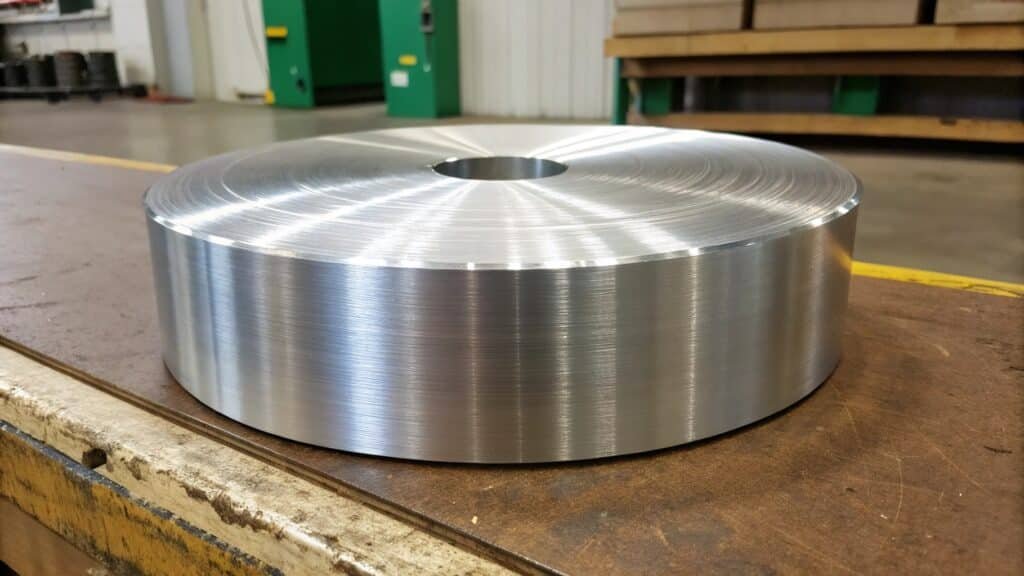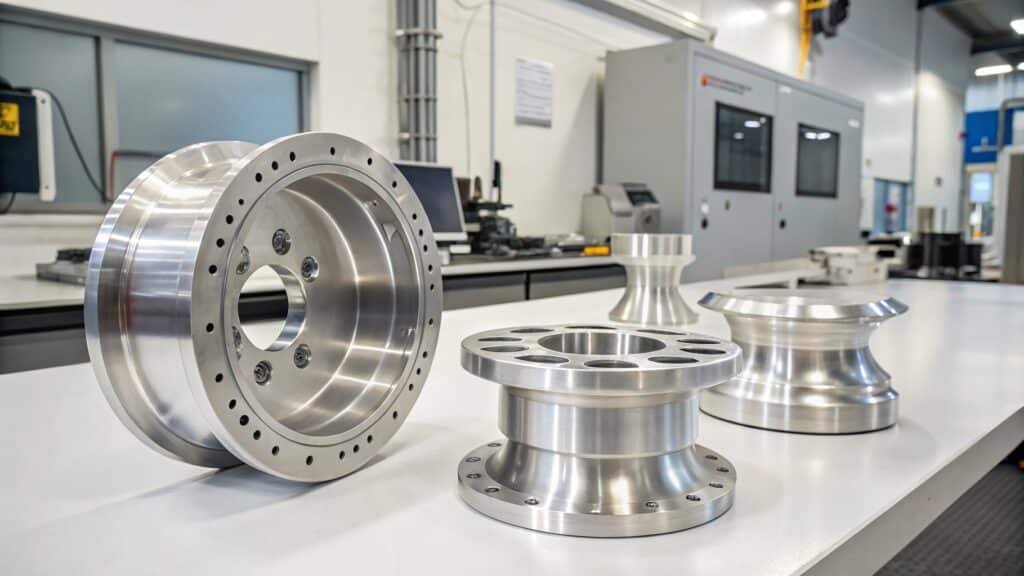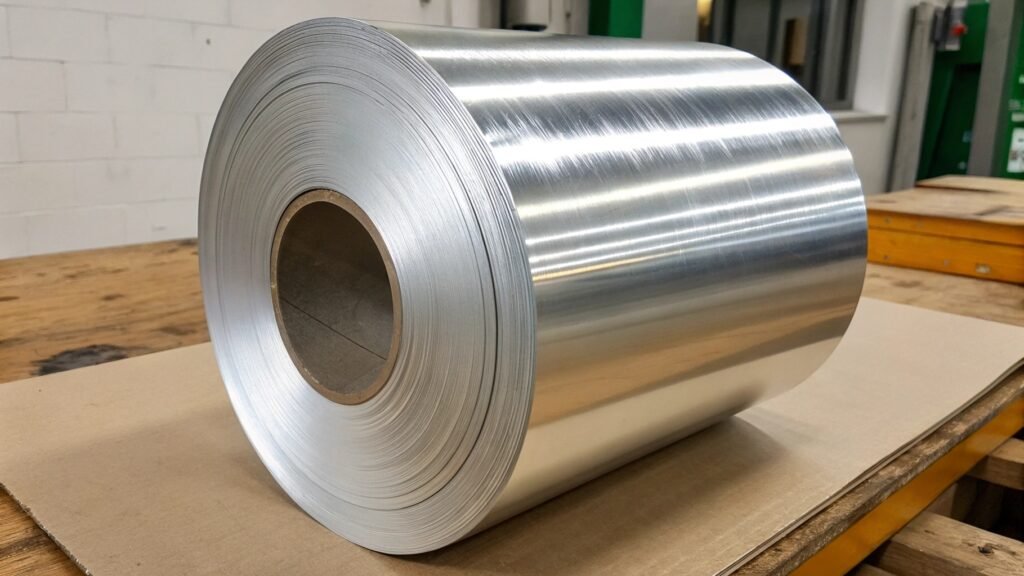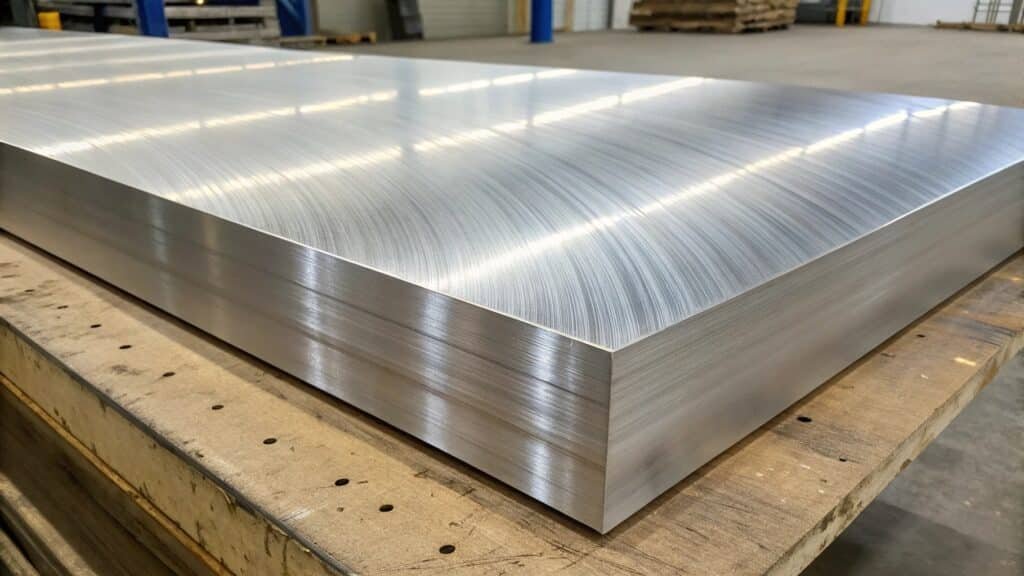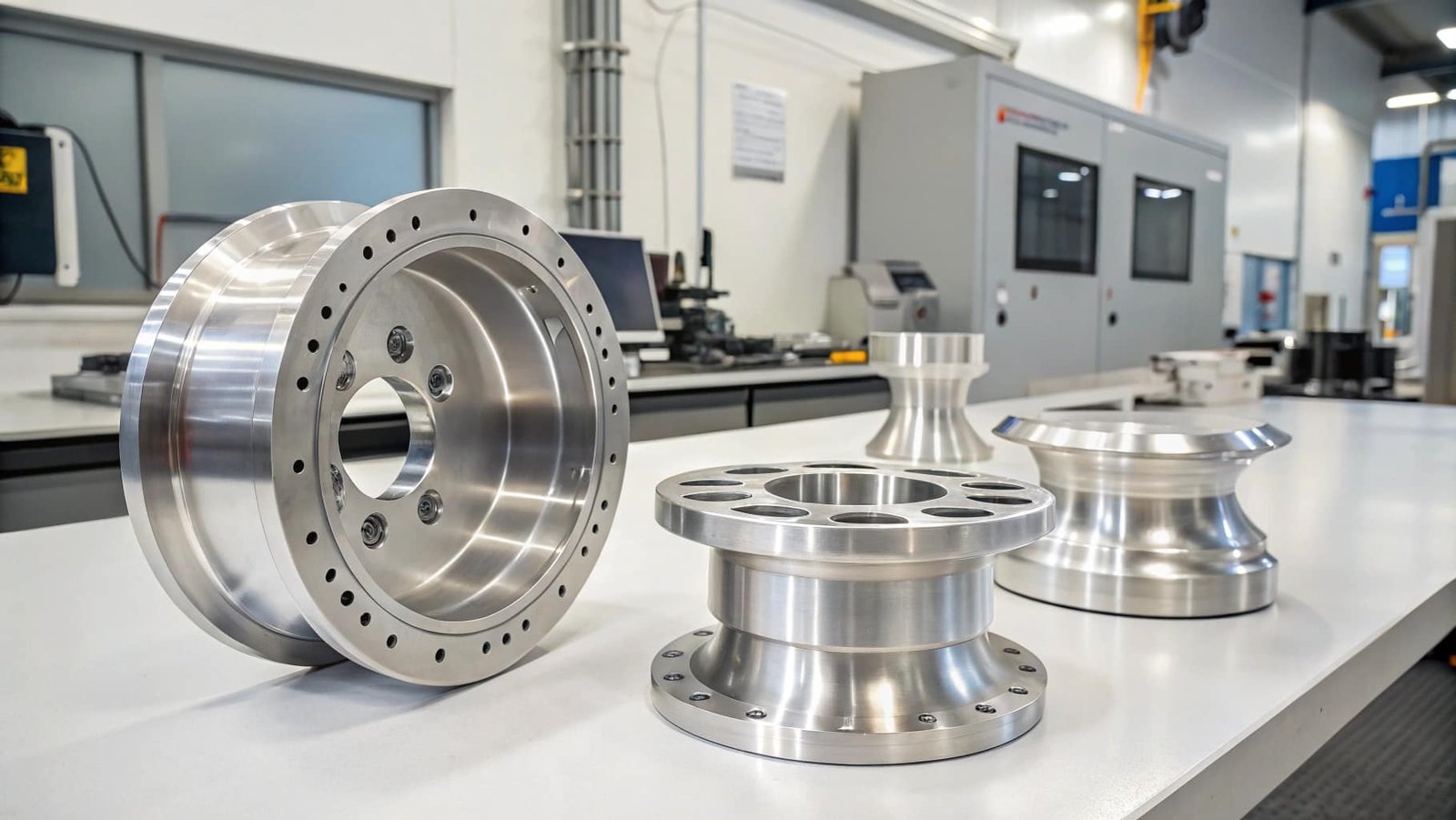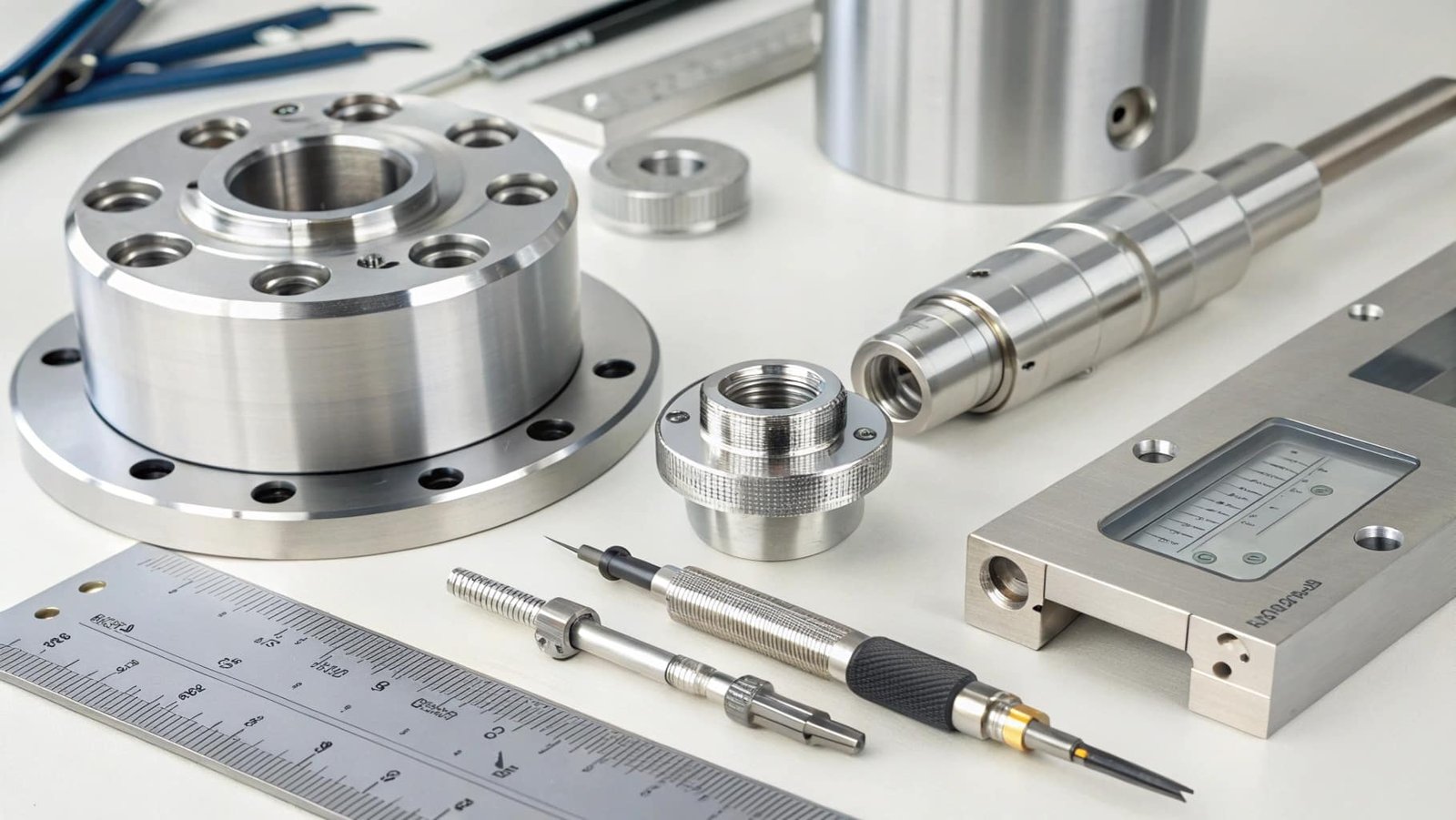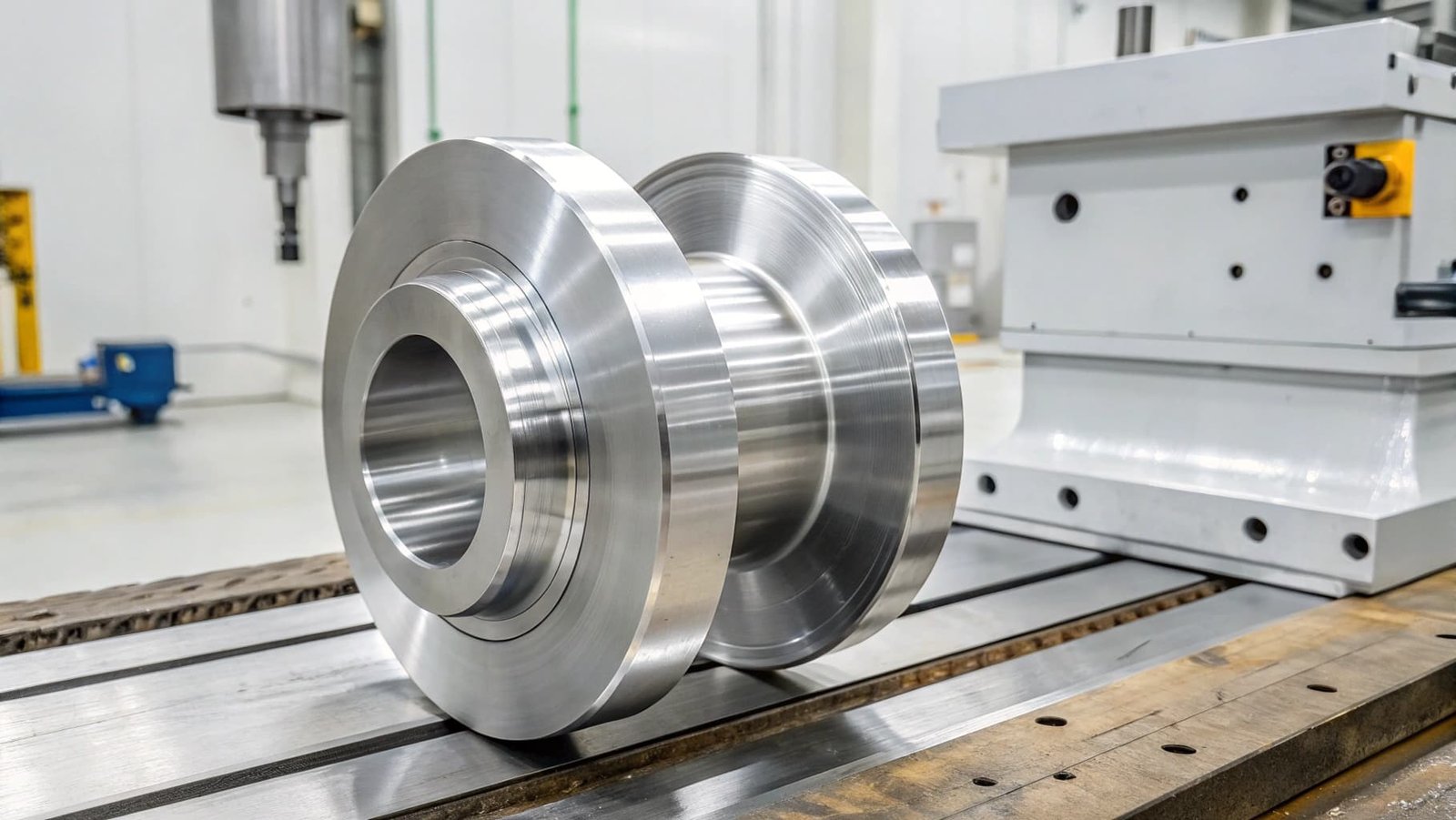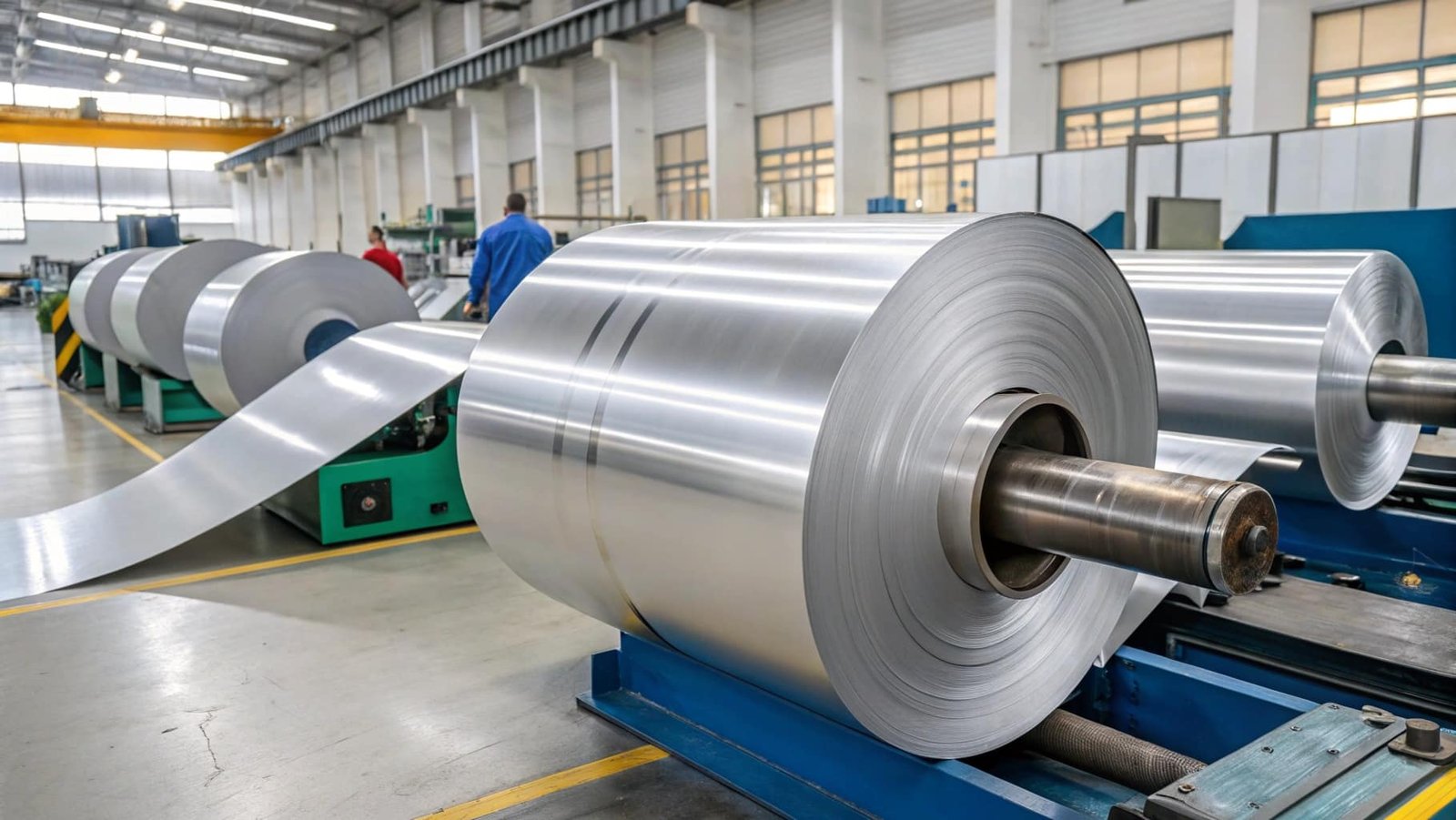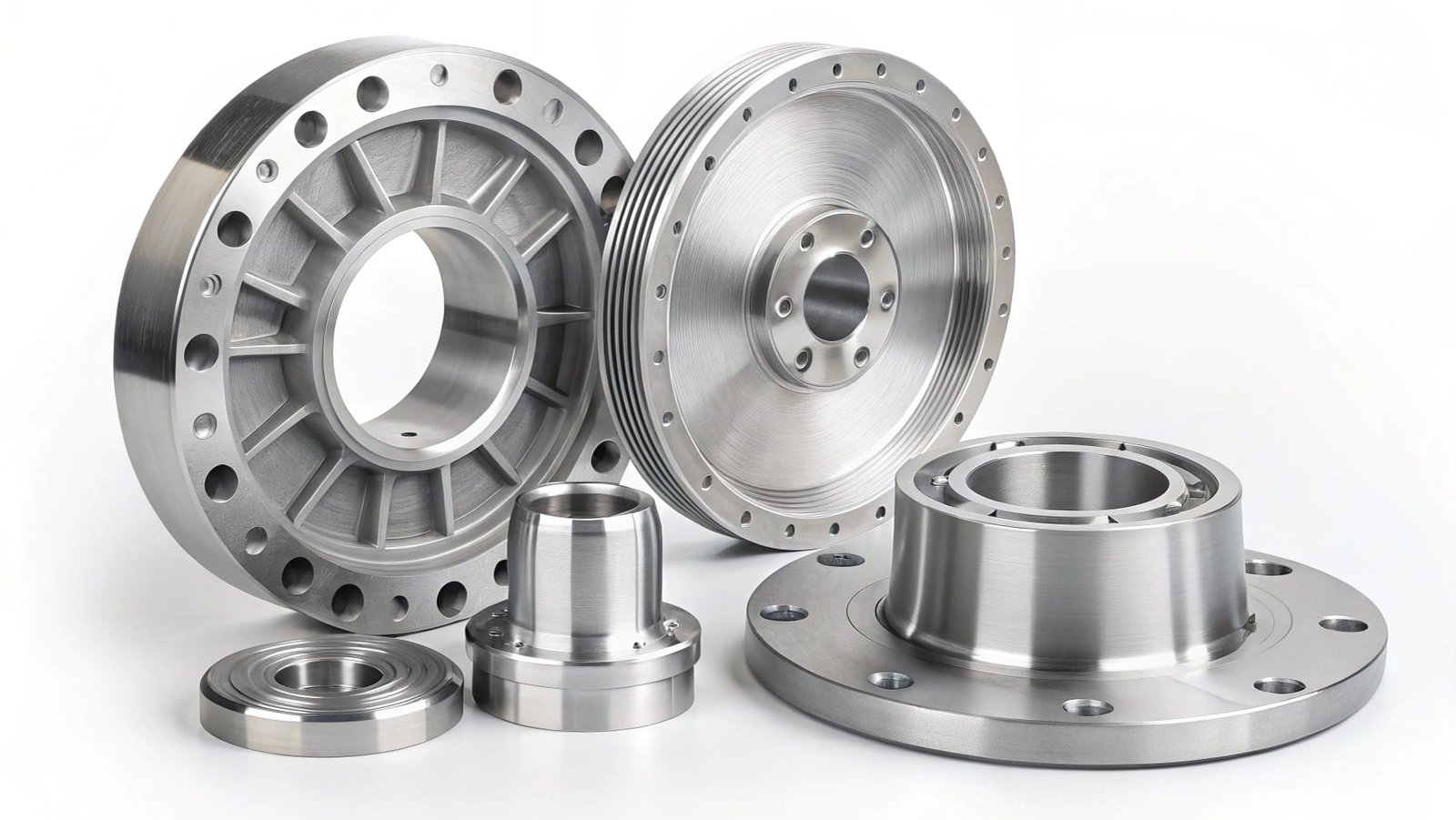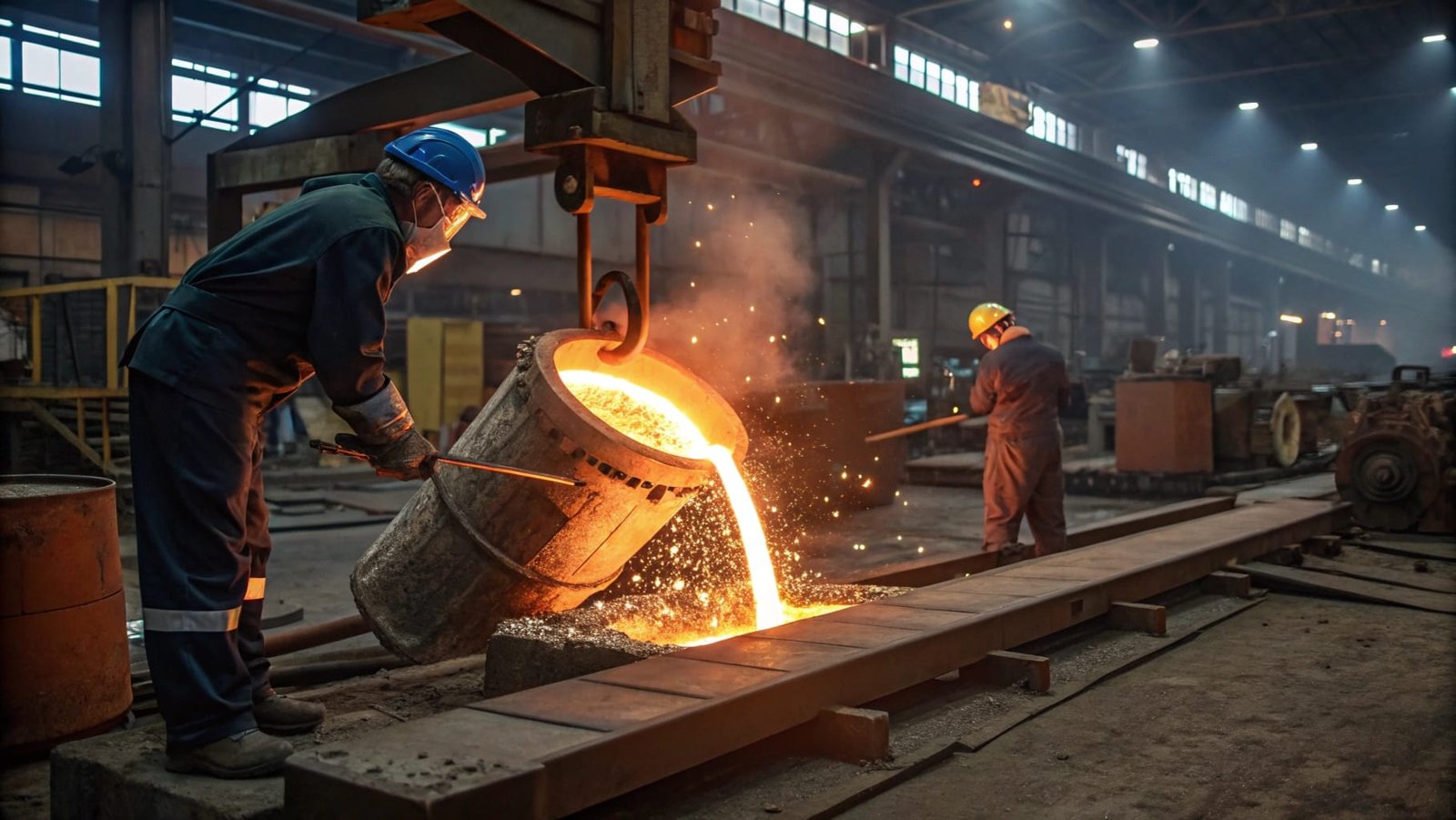Are you experiencing challenges with inconsistent aluminum machinability and poor surface finishes? The quality of the starting material significantly impacts your machining results.
At SWA Forging, we understand that the quality of the forging process directly influences the machinability of aluminum, leading to cleaner cuts, better tool life, and superior surface finishes for your final parts.
Let's delve into how our commitment to quality forging benefits your machining operations.
What are the benefits of forged Aluminium?
Curious about why forged aluminum is the preferred choice for many demanding applications? Understanding its inherent advantages reveals its value.
Forged aluminum offers superior mechanical properties, including higher strength, improved fatigue resistance, and better ductility, due to its refined, continuous grain structure and the absence of internal defects.
The benefits of using forged aluminum are substantial and directly relate to its internal structure, a direct result of the forging process. Unlike casting, where molten metal solidifies with a typically random grain structure and potential for porosity, forging involves shaping solid aluminum under extreme pressure. This process forces the metal's grains to align and flow along the contours of the part, creating a dense, homogeneous microstructure. This refined grain structure is the reason forged aluminum exhibits significantly higher tensile strength, yield strength, and impact toughness. It also results in improved fatigue strength, meaning forged parts can withstand repeated stress cycles much better than cast parts. The elimination of internal voids and inconsistencies also contributes to greater ductility, allowing the material to deform more before fracturing. This superior material integrity translates into parts that are more reliable, durable, and capable of performing under extreme conditions. My clients, especially those in the Middle East's industrial sectors, frequently choose forged aluminum from SWA Forging for critical components precisely because these inherent benefits provide a significant performance advantage.
What are the advantages of forged aluminum over cast aluminum?
When deciding between forged and cast aluminum, understanding their key differences is crucial for selecting the optimal material for your project.
Forged aluminum boasts superior mechanical properties, including greater strength, toughness, and fatigue resistance, along with a more consistent and defect-free internal structure compared to cast aluminum.
The advantages of forged aluminum over cast aluminum are primarily rooted in the fundamental differences in their manufacturing processes and the resulting material integrity. The most significant advantage is the superior mechanical strength achieved through forging. By manipulating the metal's grain structure and eliminating internal defects like voids and porosity, forging creates parts that are inherently stronger and more durable. This means forged components can withstand higher stresses and loads without deformation or failure. Consequently, forged aluminum also exhibits better fatigue resistance, making it ideal for applications subjected to cyclic loading. The uniform grain flow also contributes to improved ductility and toughness, allowing the material to absorb more energy before fracturing. While casting can be more economical for producing complex shapes in high volumes and may require less initial tooling investment, the inherent material quality and performance benefits of forged aluminum often make it the superior choice for critical applications where reliability, longevity, and resistance to stress are paramount. My experience with clients in the Middle East shows that the investment in forged components pays off through enhanced performance and reduced failure rates in their equipment and products.
What is the difference between forged and machined aluminum?
It's essential to distinguish between the processes of forging and machining when working with aluminum to understand how a final part is made.
Forging shapes aluminum using compressive forces to refine its internal structure and strength, while machining removes material from a workpiece (which could be forged or cast) using cutting tools to achieve precise dimensions and a finished surface.
Understanding the roles of forging and machining is key to appreciating the manufacturing journey of an aluminum component. Forging is a primary metal-forming process. It involves heating a solid piece of aluminum and then shaping it under immense pressure, typically using hammers or dies. This process realigns the metal's grain structure, making it denser, stronger, and more ductile. The output of forging is often a "near-net shape" part that already closely resembles the final desired form, with significantly improved material properties. Machining, on the other hand, is a subtractive process. It uses cutting tools to remove unwanted material from a workpiece to achieve precise dimensions, intricate features, and a smooth surface finish. The workpiece being machined can originate from various processes, including forging, casting, extrusion, or even simple bar stock. So, a part is often forged first to build its inherent strength and structural integrity, and then it is machined to attain its final accuracy and aesthetic quality. At SWA Forging, we provide the high-quality forged blanks that our machining clients then use, ensuring they start with a superior material foundation for their precision manufacturing.
Is forged aluminum stronger?
When considering the strength of aluminum components, the manufacturing method plays a critical role in the final material properties.
Yes, forged aluminum is generally stronger than cast aluminum due to its refined, directional grain structure and the absence of internal defects like porosity, which results from the plastic deformation during the forging process.
The statement that forged aluminum is stronger than cast aluminum holds true for most applications, and this strength difference stems directly from the manufacturing process. Forging involves applying significant compressive forces to solid aluminum, often at elevated temperatures. This plastic deformation realigns the material's internal grains into a directional flow pattern that follows the shape of the part. This dense, continuous grain structure eliminates the internal voids, porosity, and grain inconsistencies that are often present in cast aluminum. These defects act as stress concentration points, weakening the material and reducing its resistance to fracture and fatigue. Consequently, forged aluminum exhibits higher tensile strength, yield strength, and toughness. This means it can withstand greater applied forces and repeated stress cycles before failing. While casting offers advantages in producing complex shapes and can be more economical for certain designs, the inherent strength advantage of forged aluminum makes it indispensable for applications requiring high performance, reliability, and resistance to mechanical stress. Clients I work with often choose forged components for their critical machinery and structural elements precisely because of this undeniable strength advantage.
Conclusion
Forging quality significantly impacts aluminum machinability by creating a superior material with refined grain structures, leading to better strength, consistency, and surface finishes compared to casting.

